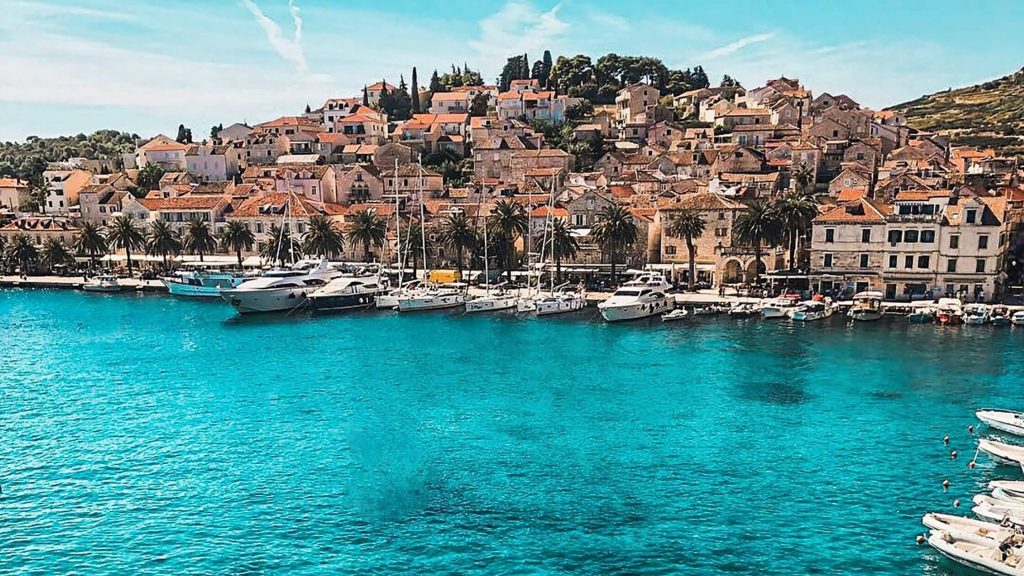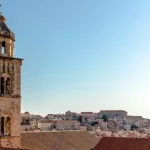
Enjoy the best of Croatia without financial strain. (Image: Pexels)
1. Let’s start with an obvious one if you can: try to visit Croatia during the shoulder seasons, April – June for Spring and September to November for Fall. Not only do you avoid the shoulder-to-shoulder crowds, if you’re on the coast, but the sea is also still warm enough for a dip and you can still get away with a light jacket in the evenings.
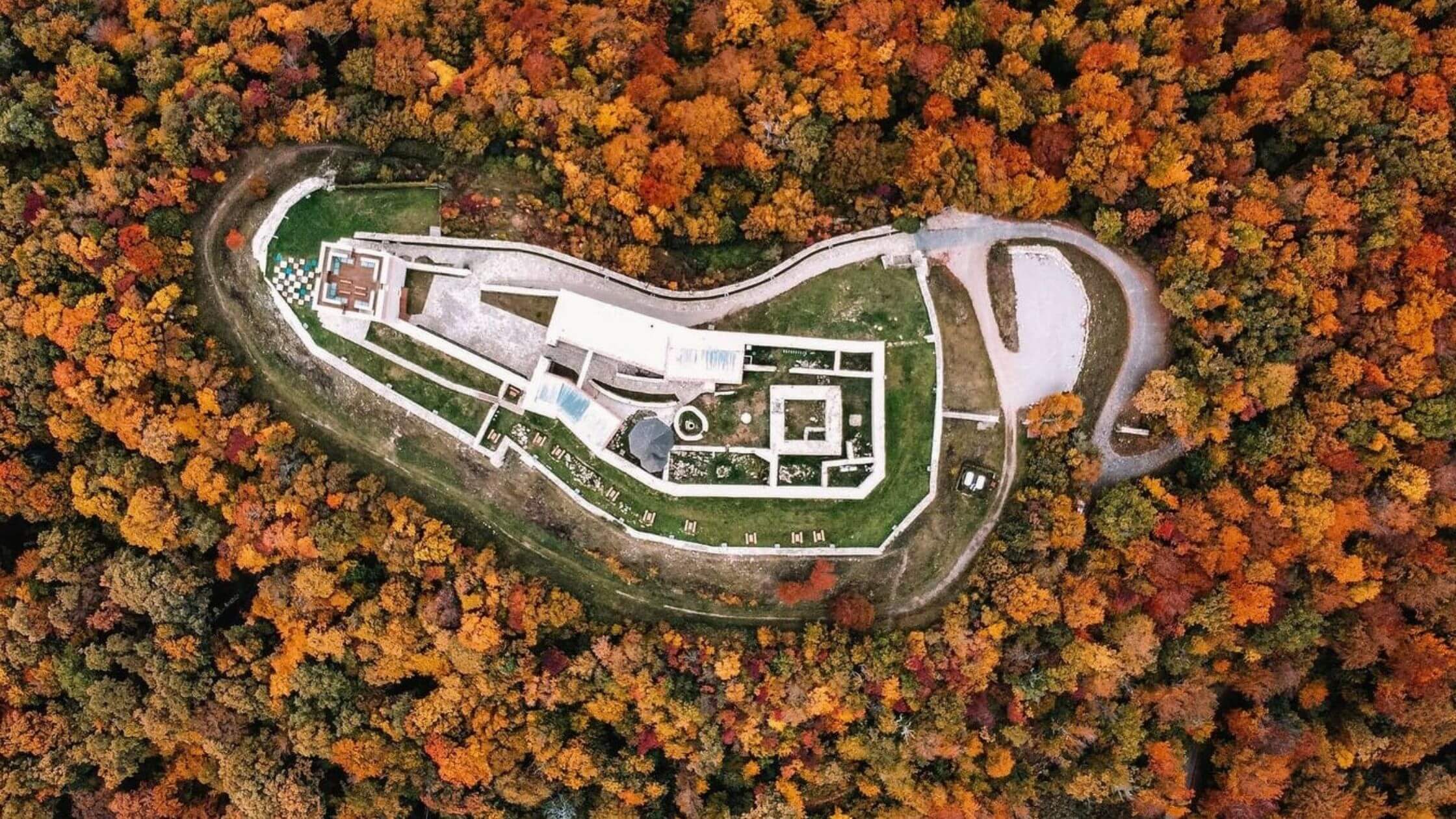
Fall is one of the best times of the year to visit. Image: (Zagreb leaves in Fall/Pexels)
On top of this, accommodation, attractions and activities are significantly cheaper. For instance, entry to Plitvice National Park is almost 50% less during shoulder seasons (300 kuna to 180 kuna). Imagine staying in a beachfront hotel with breakfast for only €55/night in November!
2. Start planning your vacation now! Early bookings ensure that you can lock in not only the best prices but also accommodations in prime locations.

Sign up for newsletters, free memberships to access the best online deals. (Image: Pexels)
Don’t forget to use a Virtual Private Network (VPN) since prices can vary depending on where you are booking from. Using a VPN can make it look like you’re booking from another location, reducing prices further. Worth it to try and get the best online deals.
3. Be willing to mix and match flights If you’re traveling within the EU, rather than booking return tickets on the same airline, try looking for 2 one-way flights instead. I’ve scored a weekend flight for €9 one way from Lyon, France on one airline, and a return for another airline for €19.
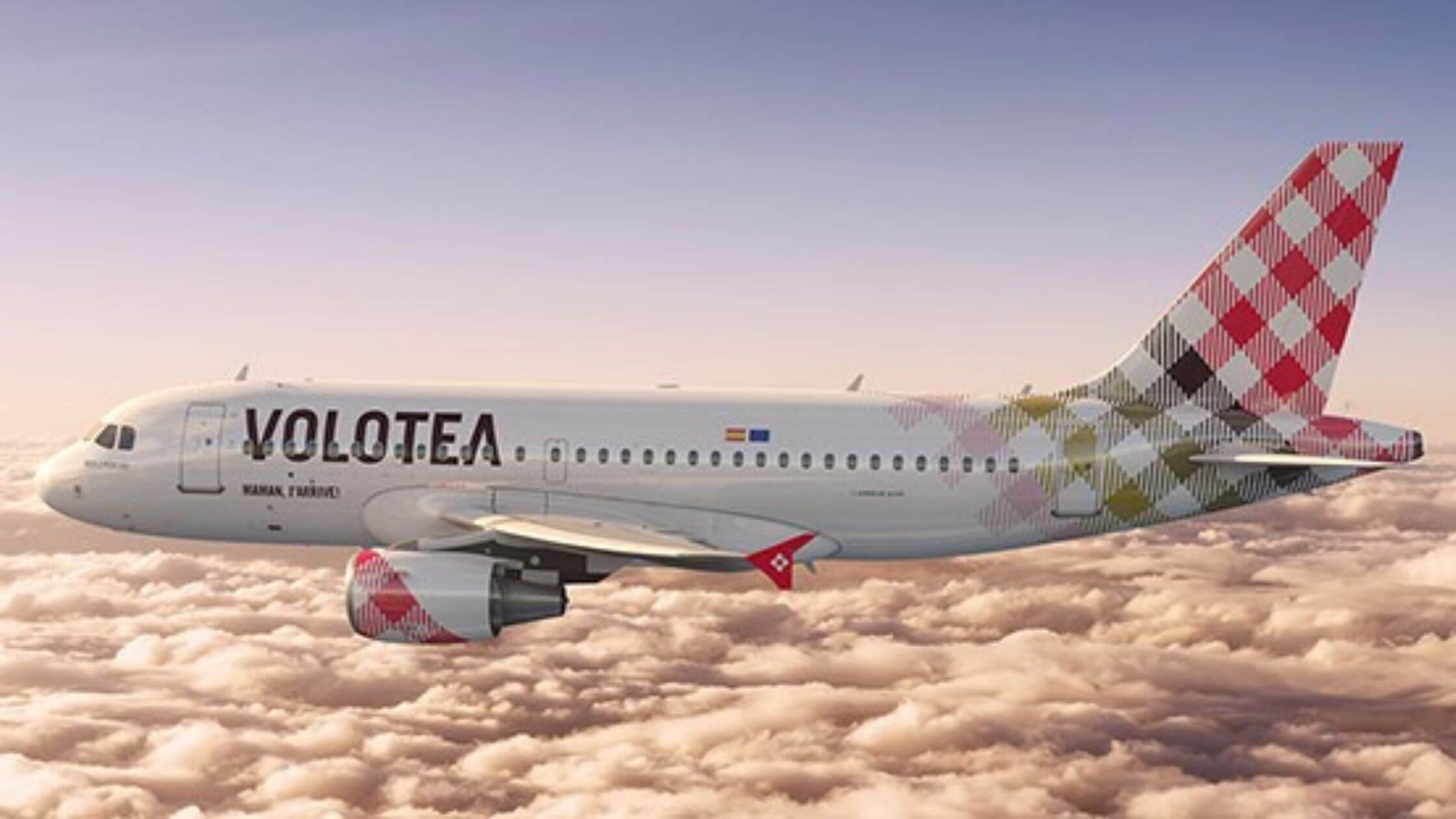
Tuesdays are often the cheapest days to fly. (Image: Volotea/Facebook)
If you’re visiting from outside the EU, scoring a cheap flight to Europe and then booking a secondary flight within the continent on a budget carrier is often the best way to go. Some of the airlines that frequently fly to Croatia within the EU include Volotea, Easyjet, Ryanair, TUI, Vueling, Wizzair, Eurowings, and Jet2.
4. When it comes to booking accommodation, see this article for how to get the absolute best deals. Alternatively, to lower costs further, maybe try your hand at camping at one of the many scenic spots around the country.

Enjoy the beautiful outdoors. (Image: Pexels)
5. Instead of renting a car, use private bus transfers or if you’re feeling more adventurous and less pressed for time, trains, to get around the country.
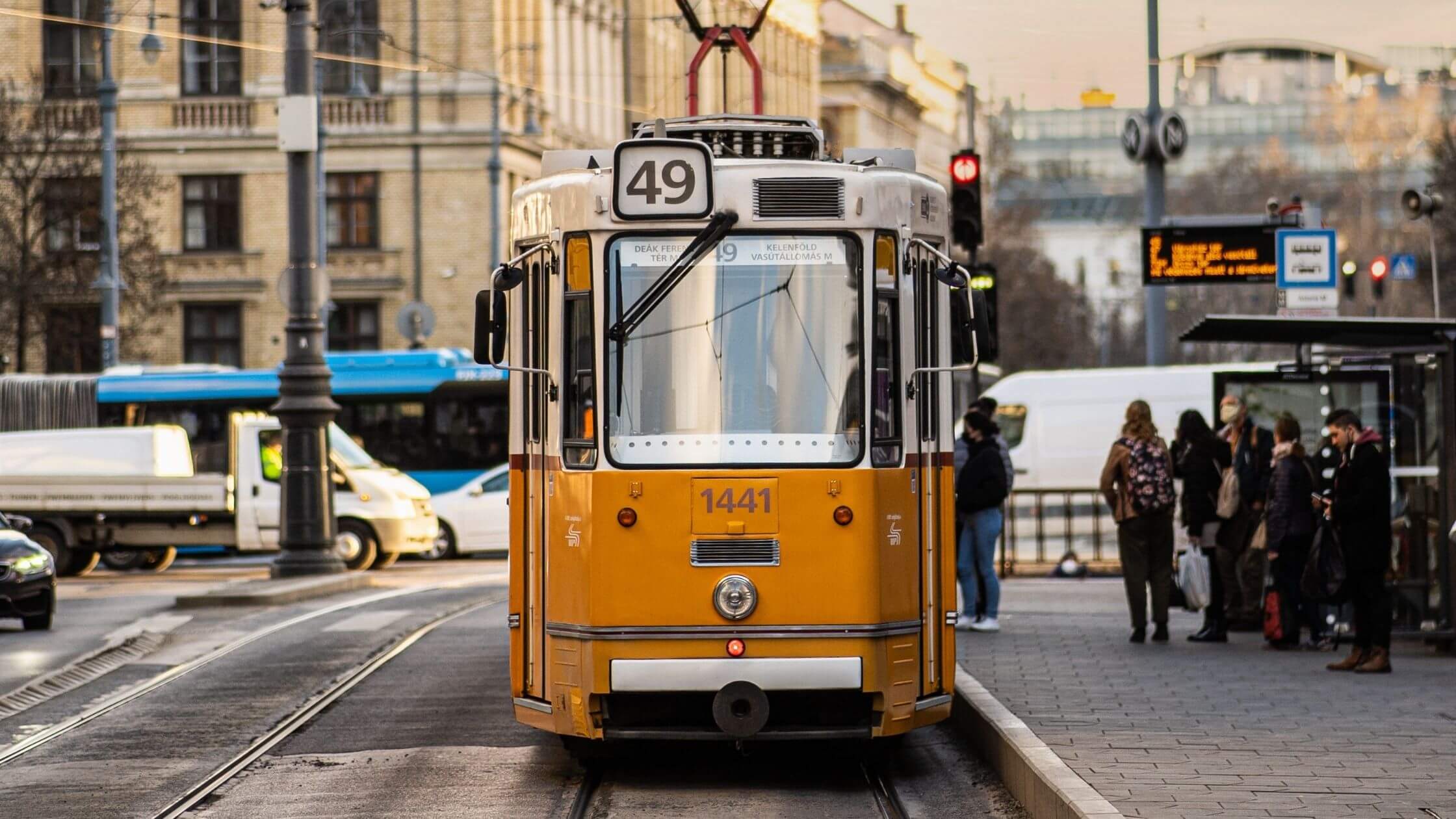
Zagreb’s tram system is a fun way to get around. (Image: Pexels)
Companies such as Flixbus and Arriva run frequently over Summer, connecting you to major cities and attractions. Public transport within cities is also highly reliable and most Croatian cities are very walkable.
6. Keep an eye out for City Cards such as Splitcard or Zagreb card. These initiatives are run by most big cities in Croatia and are available for purchase at Tourist Information Centers or at the airport. They offer fantastic deals such as free entry to certain attractions, or huge discounts on tours, activities, shops, and even restaurants! Depending on the validity of your cards (24/48/72 hours), costs range between €10-20, which often includes free use of public transport within the city.
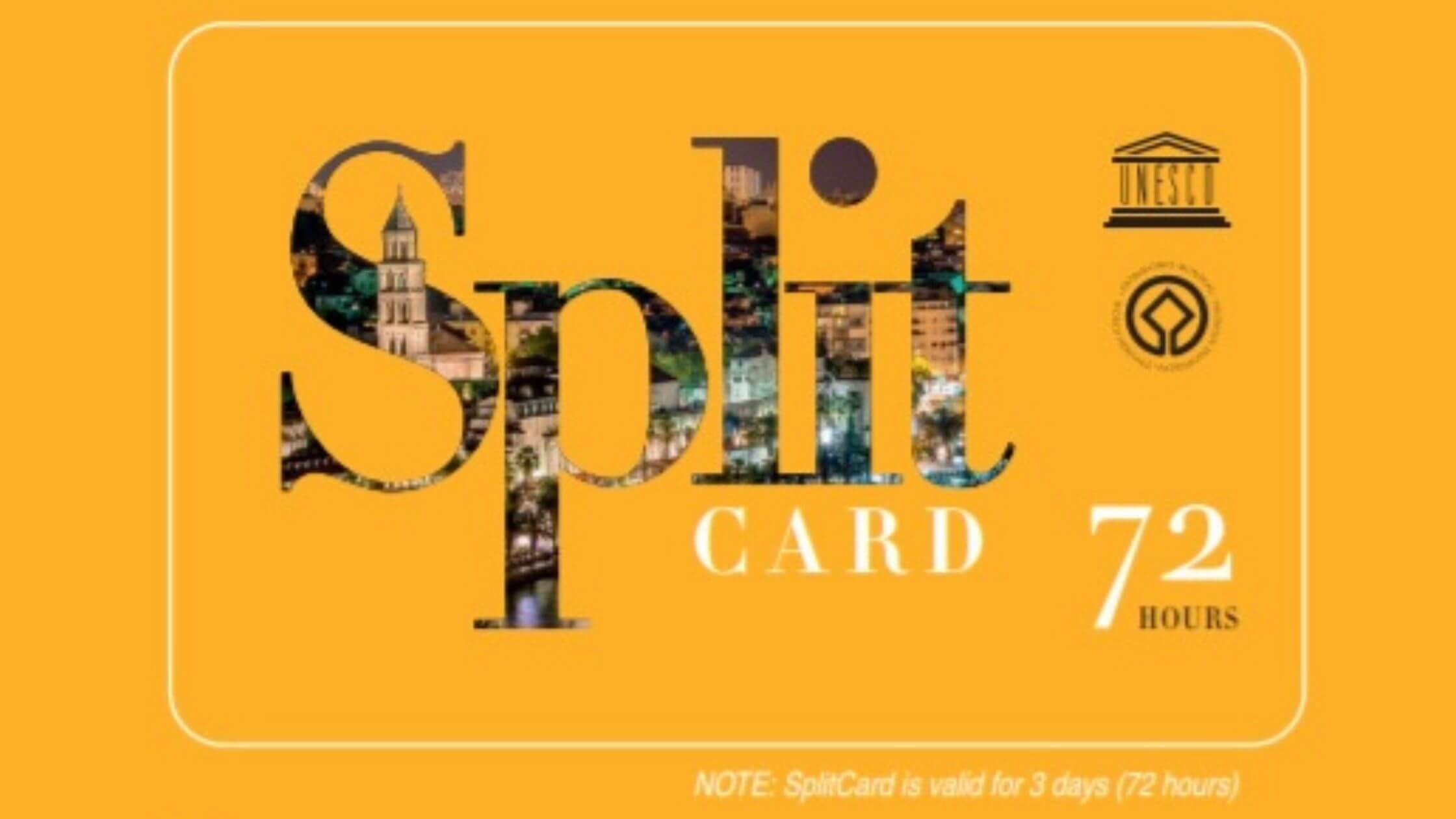
Image: Visitsplit/Facebook
7. Take a ‘free’ walking tour to get a feel of local life and get to know the intricacies of the city. Often these tours are led by highly experienced locals who are able to share the rich history and culture of your chosen city.
As a bonus, they also have a wealth of insider information and will be able to advise you on the best local spots for you to keep exploring on your own. Here’s a tip for summer, always ask them where their favorite ice cream place is!
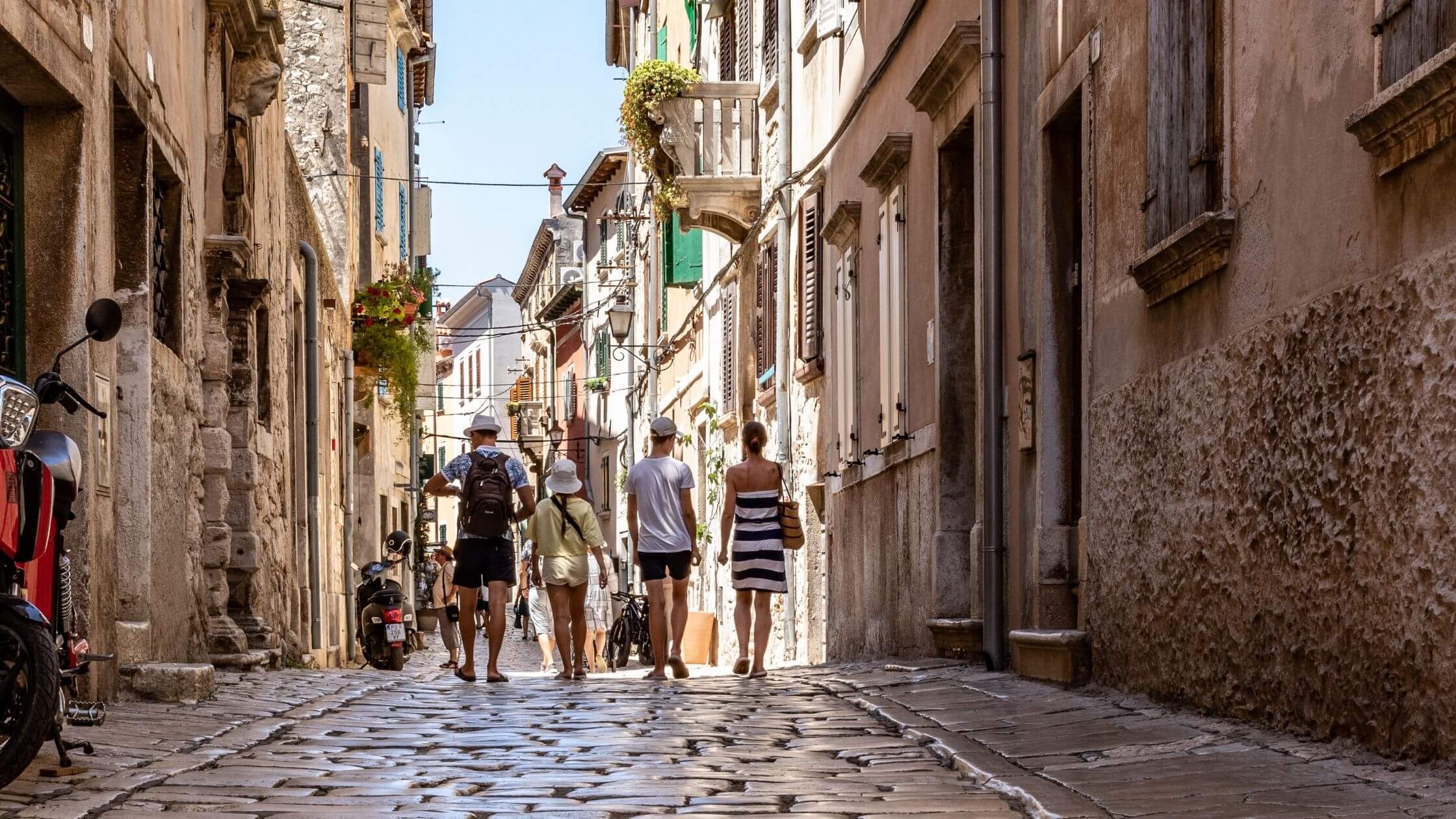
Walking tours are also a quick way to get your bearings when in a new city. (Image: Pexels)
8. Eat like a local. Although Croatia does not offer “street food” per se, the local markets are a reasonable and equally delicious alternative. In addition to fresh produce, there are often bakeries (pekara) and small food stalls offering cold cuts, cheese, and fixings (e.g. marinated olives, peppers, pickles) to make any gastronomer a delish picnic.
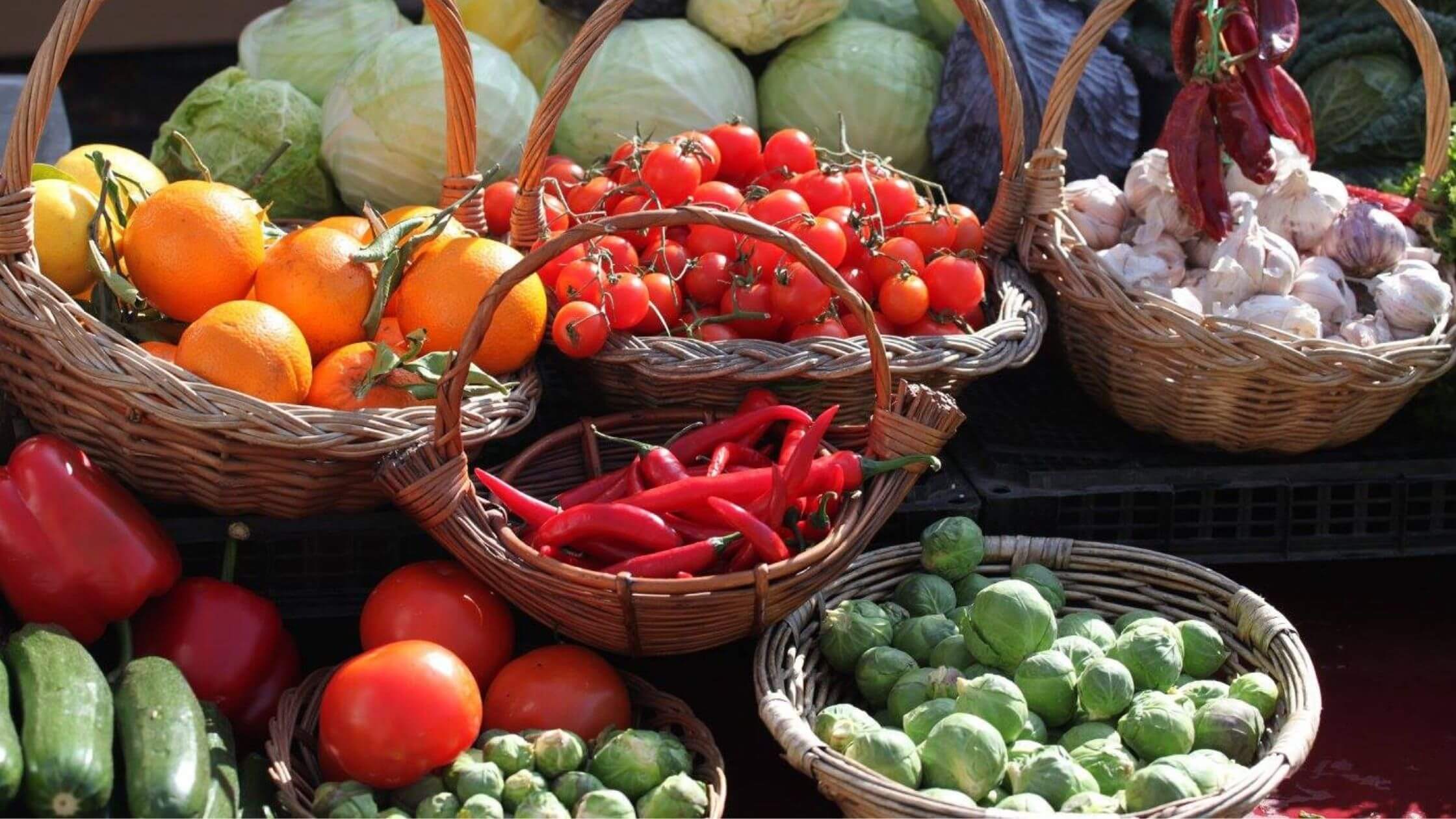
Products at the Green Market of Split. (Image: Visitsplit/Facebook)
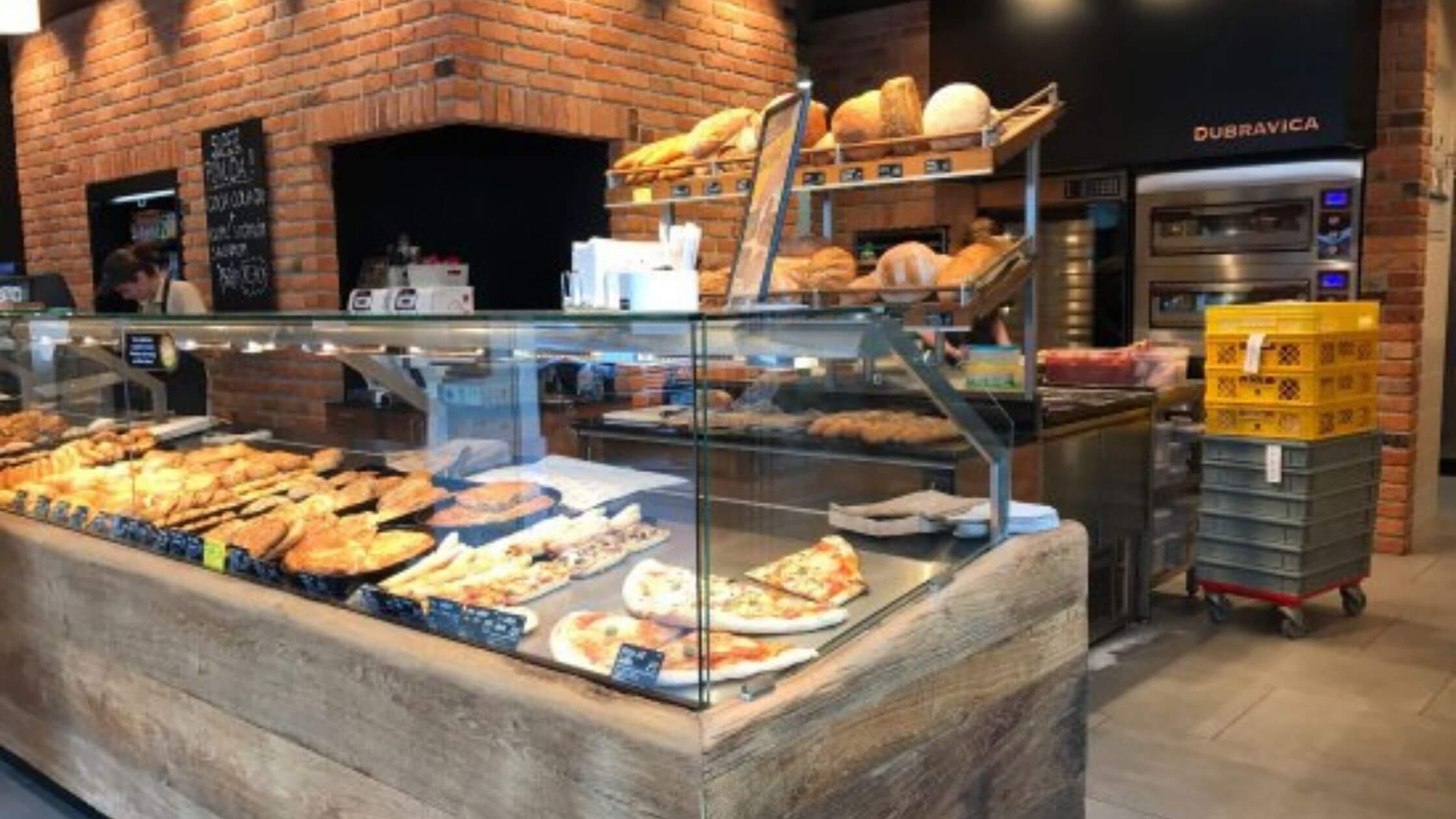
Grab fresh pastries and bread at any Pekara and pair it with a beverage for a quick and tasty meal. (Image: Pekara Dubravica/Facebook)
9. If you do head out for a meal, favor lunch over dinner. During lunch, restaurants are likely to offer specials or throw in a free drink or appetizer on occasion.
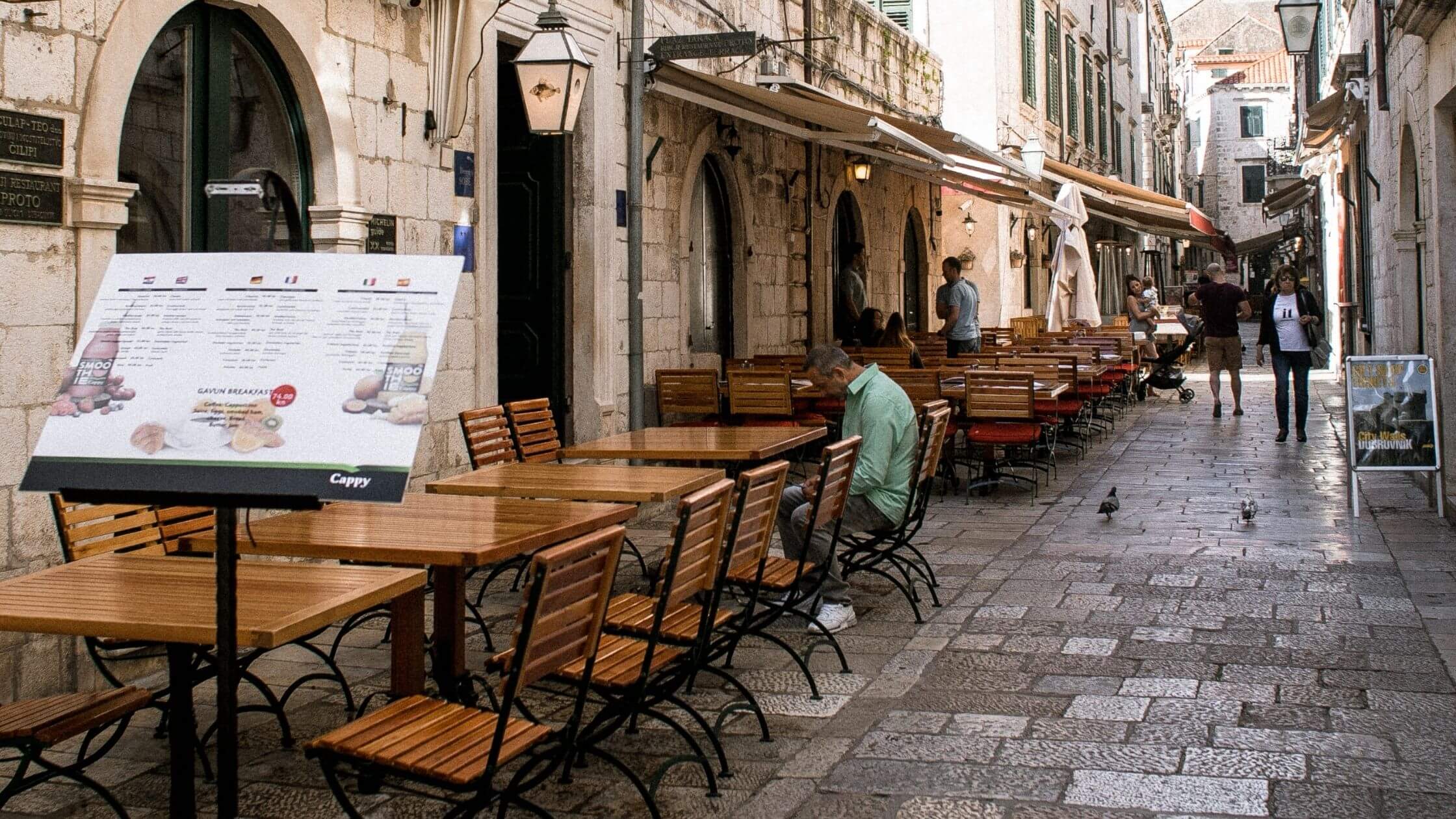
Try to pair this meal with the local wine (stolno vino), beer (pivo), or spirits (rakija). Not only are they dangerously good, but imported brands are also 15-20% more expensive on average which can add up over time if you’re keeping an eye on your budget. Also, the tap water in Croatia is potable, which may further reduce your food spending.
10. If you don’t already have one, get a multi-currency bank account with an online bank such as Revolut or Wise. This way you’ll save on enormous ATM fees (10% in some cases) as most either offer free or lower fees up to a certain amount withdrawn. Croatia is a cash dominant country with few places, especially when off the main streets, equipped to handle credit card purchases.
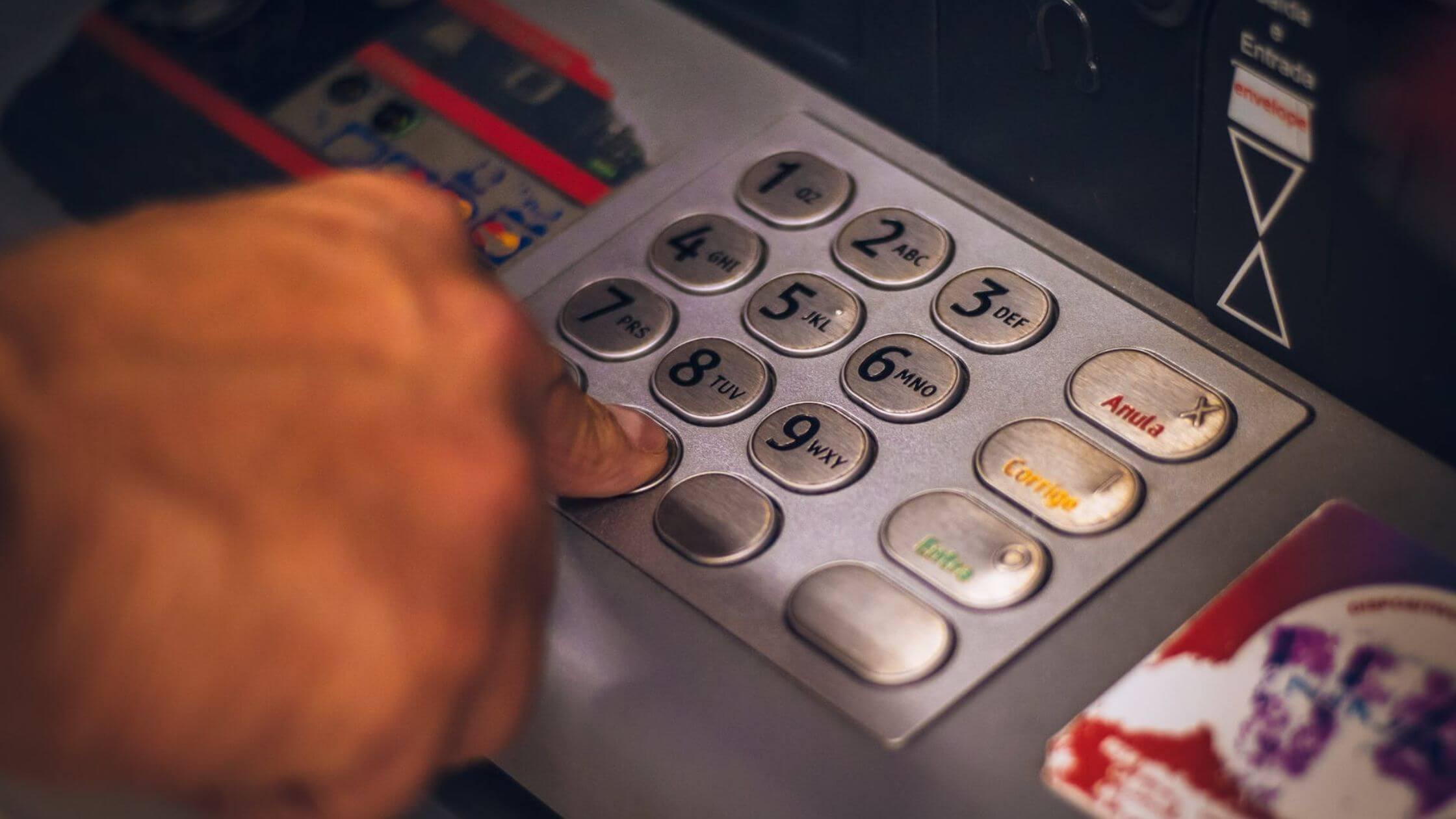
Croatia is a cash dominant country. The local currency is currently the kuna but will be adopting the euro in January 2023. (Image: Pexels)
When at a local ATM, always select the option to be billed in the destination’s local currency. This means in Croatia, you’ll be asked, “Would you like to be billed in HRK or in your card’s home currency?”, always choose HRK.
Before I round this off, here’s a bonus tip! Rather than paying enormous roaming costs or going through the hassle of contacting your service provider to ask about special rates, just purchase a local SIM card when you get to Croatia.

Image: Pexels
For 85 hrk (€11), Hrvatski Telekom offers a 1-week unlimited mobile data plan so you don’t have to worry about accessing the internet during your vacation.
I hope you manage to put some of these tips into practice on your next Croatian vacation. For more advice and Croatian insights, check out our travel and lifestyle section.

